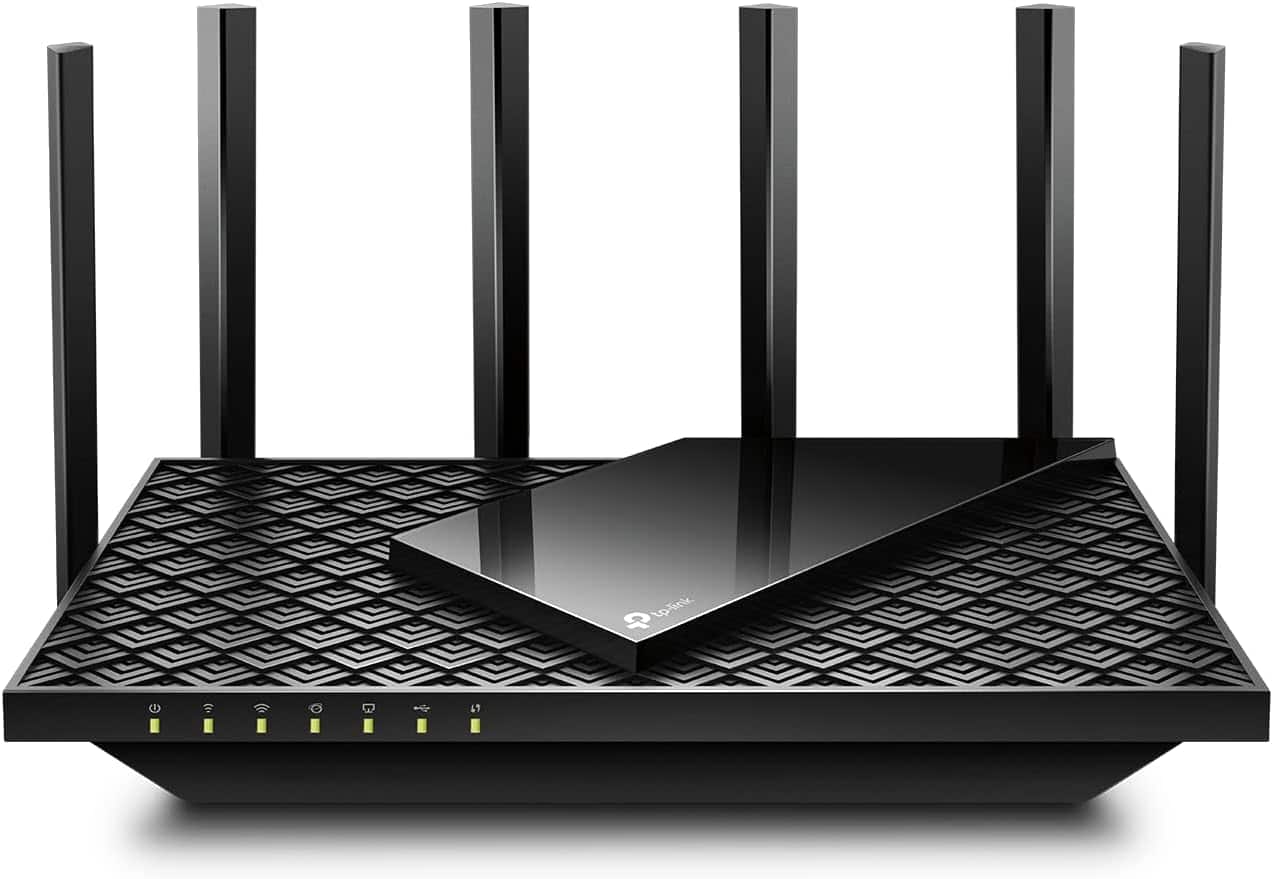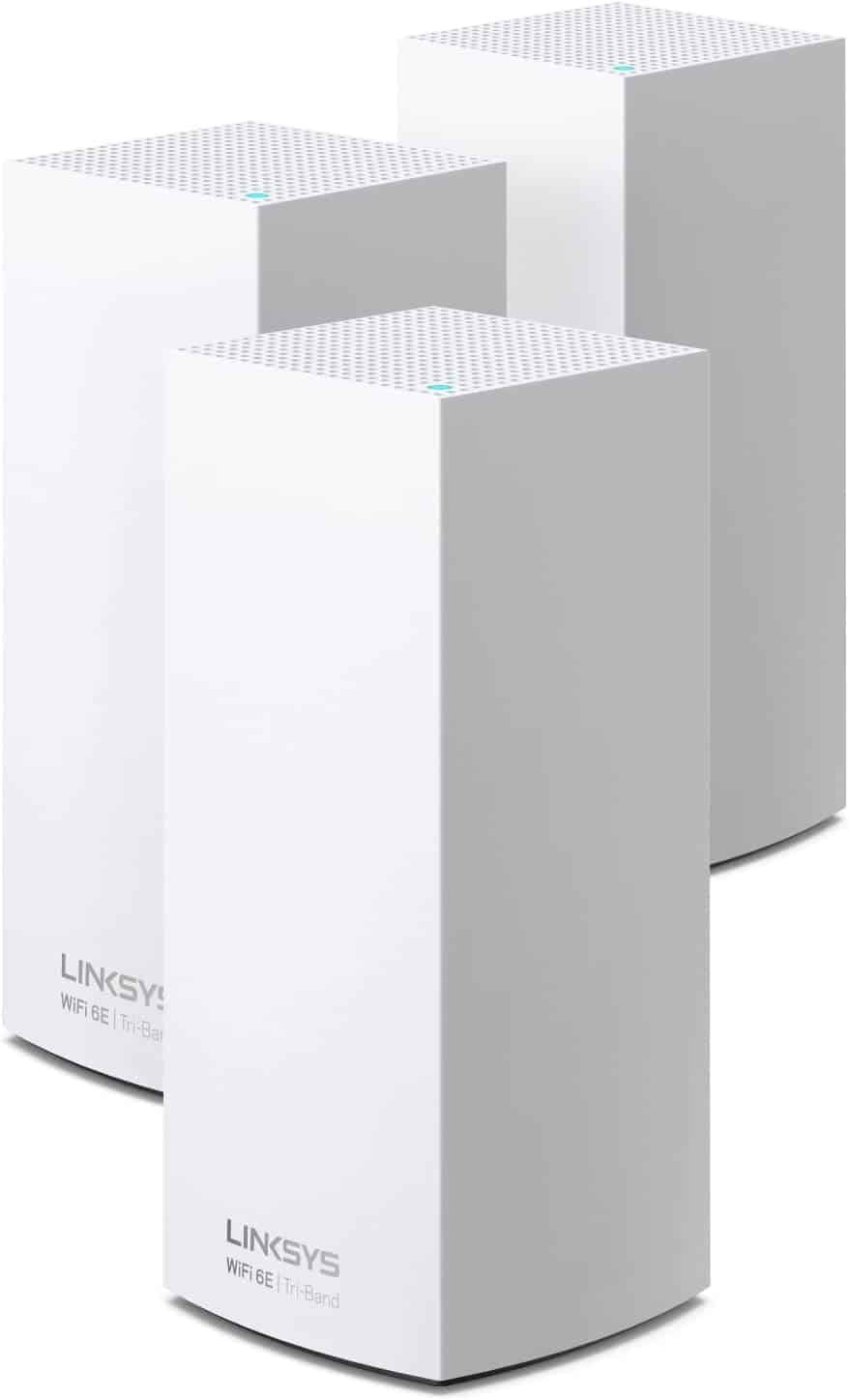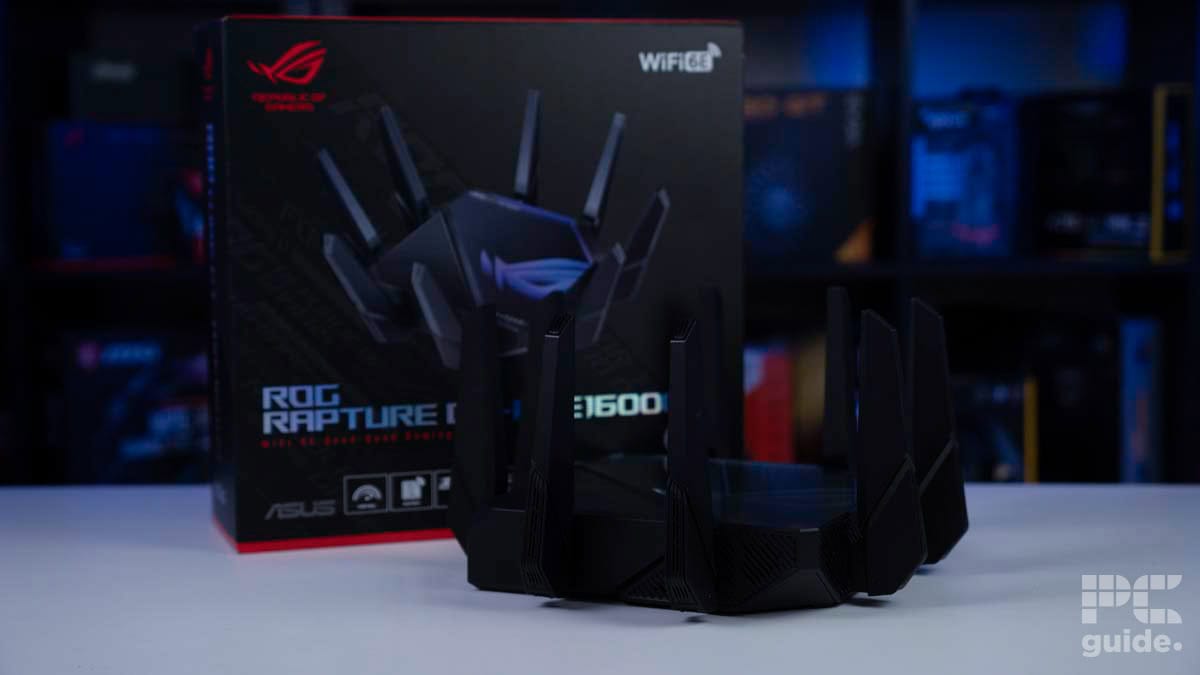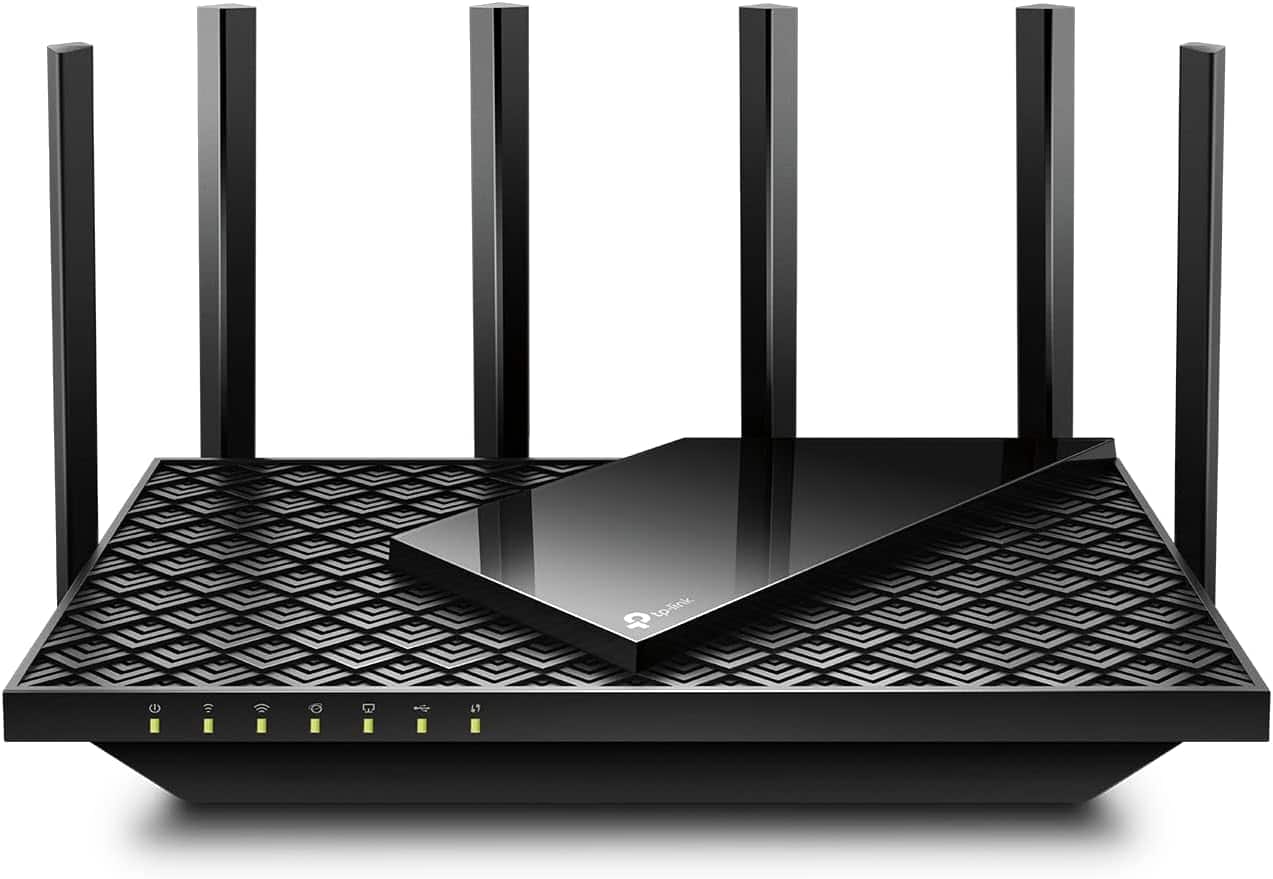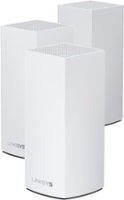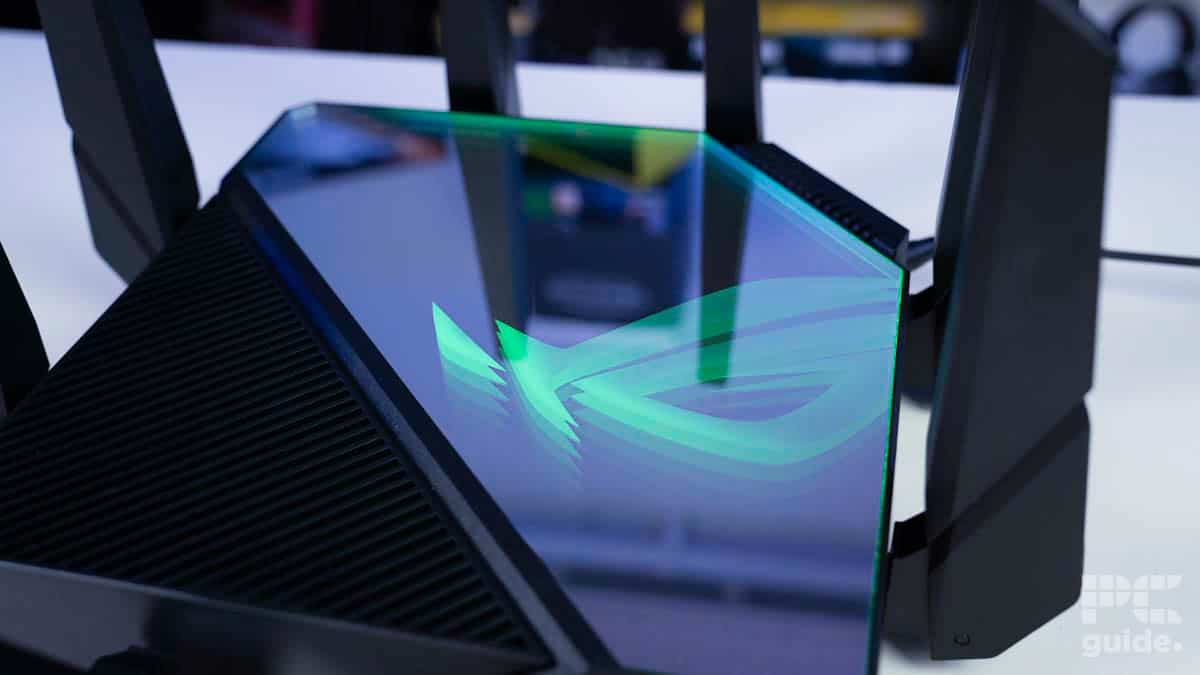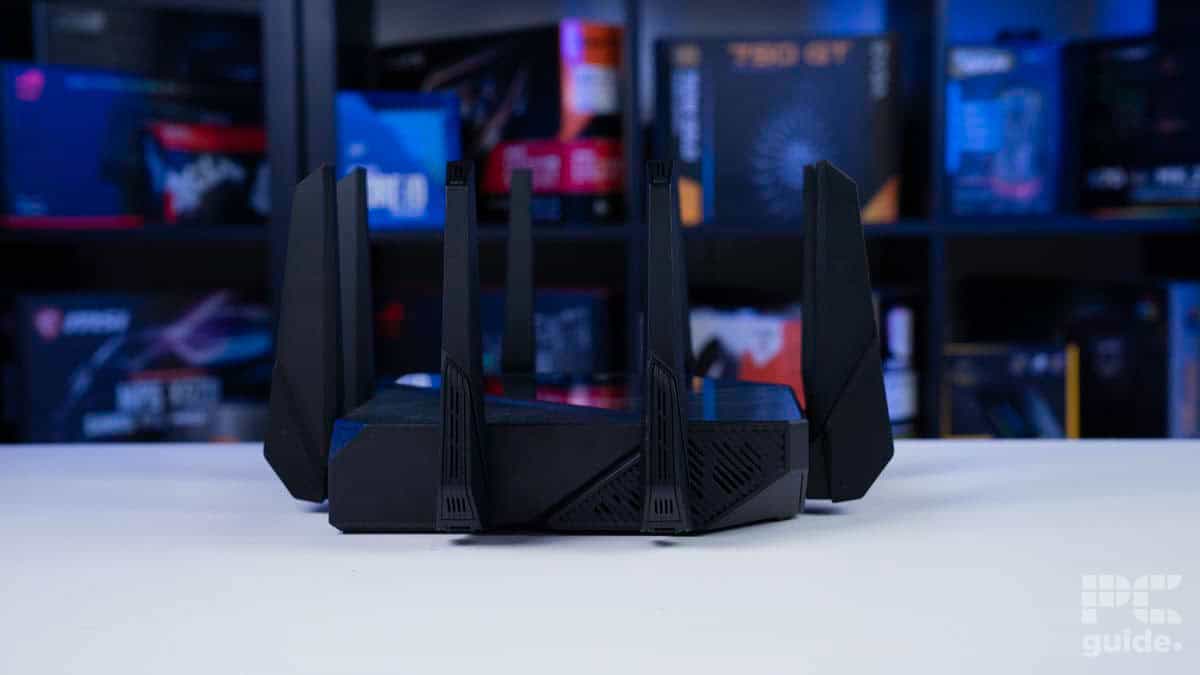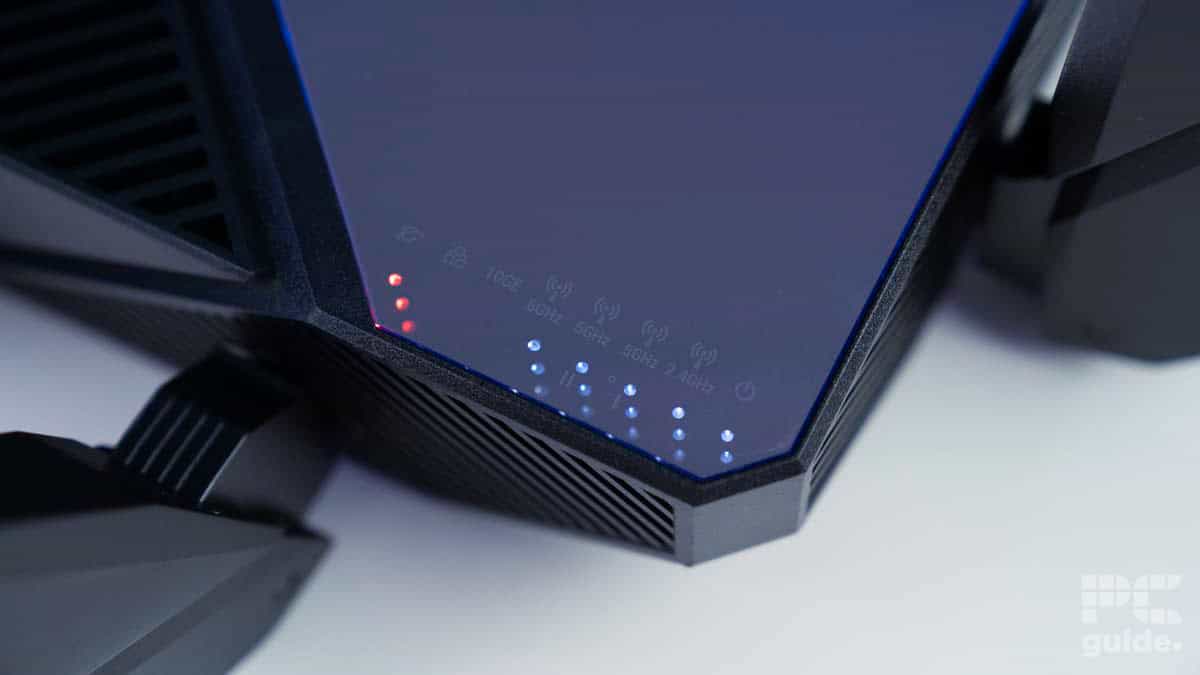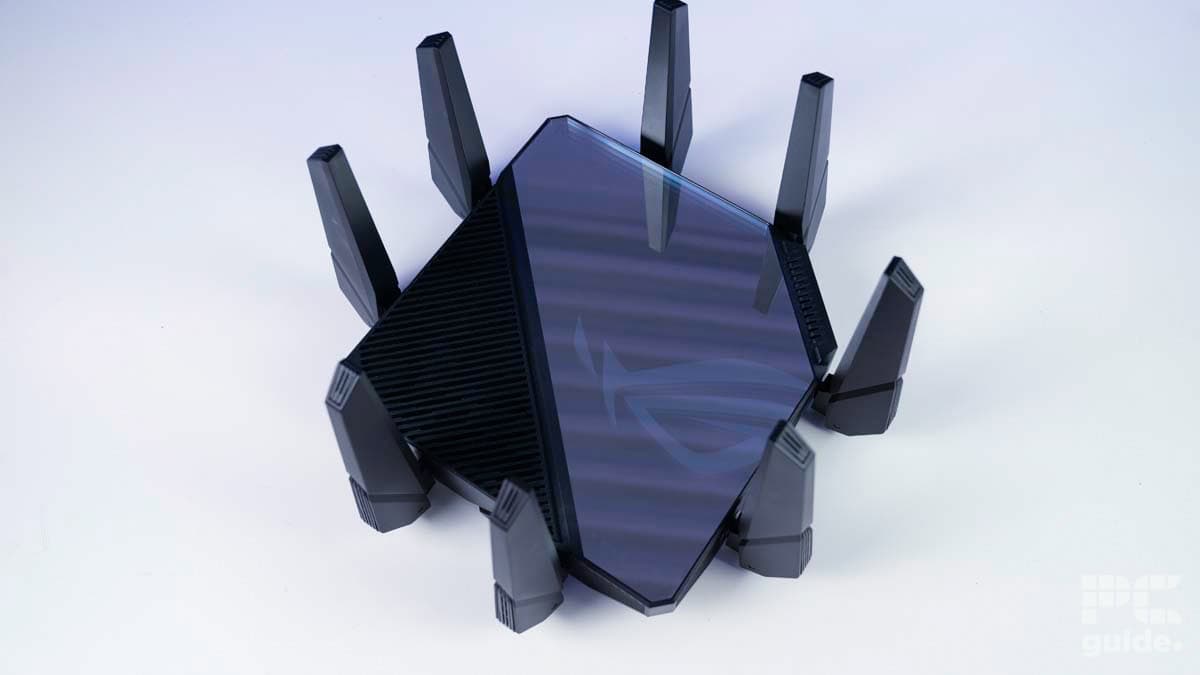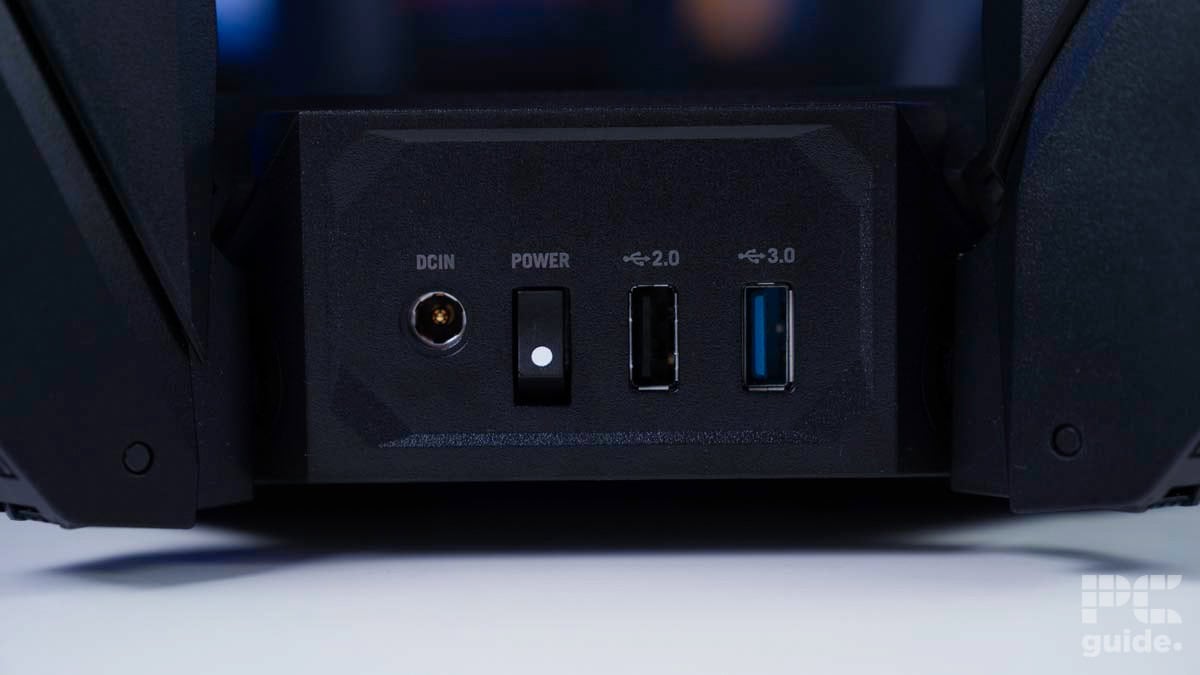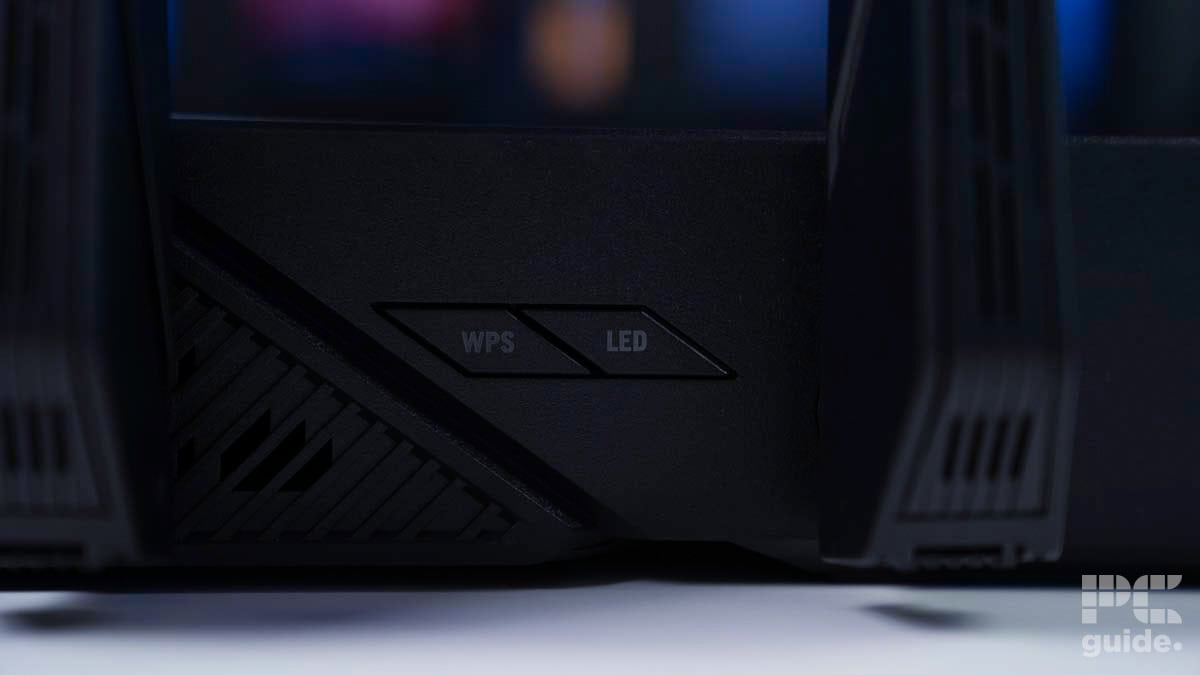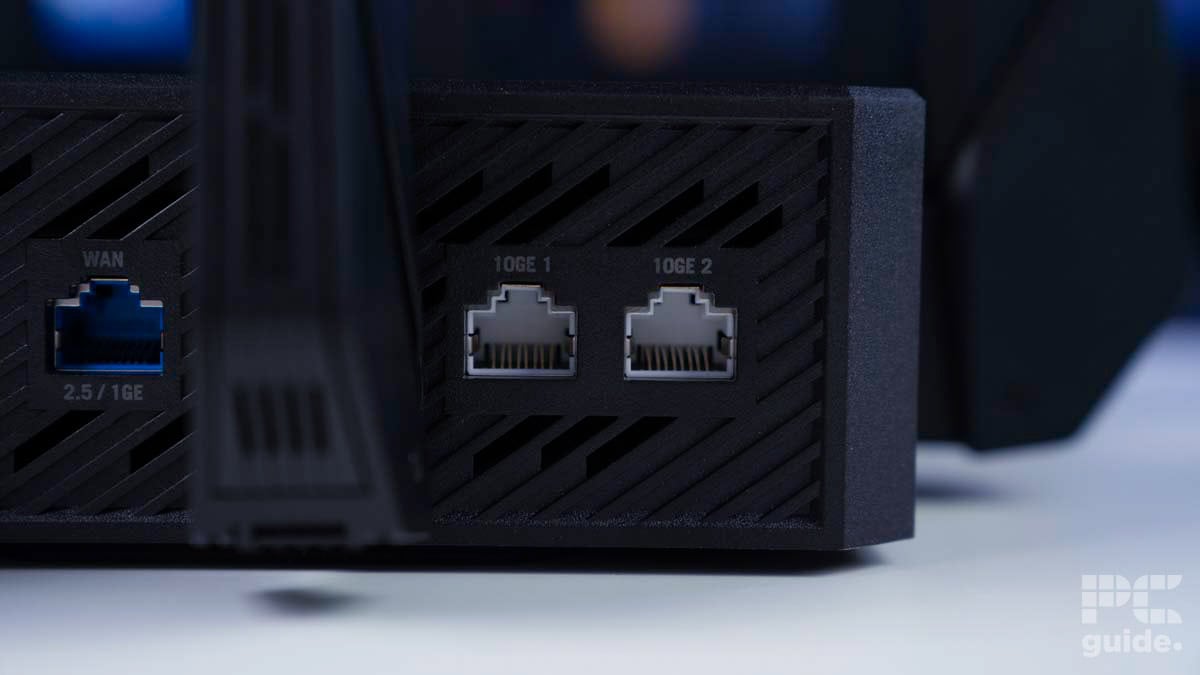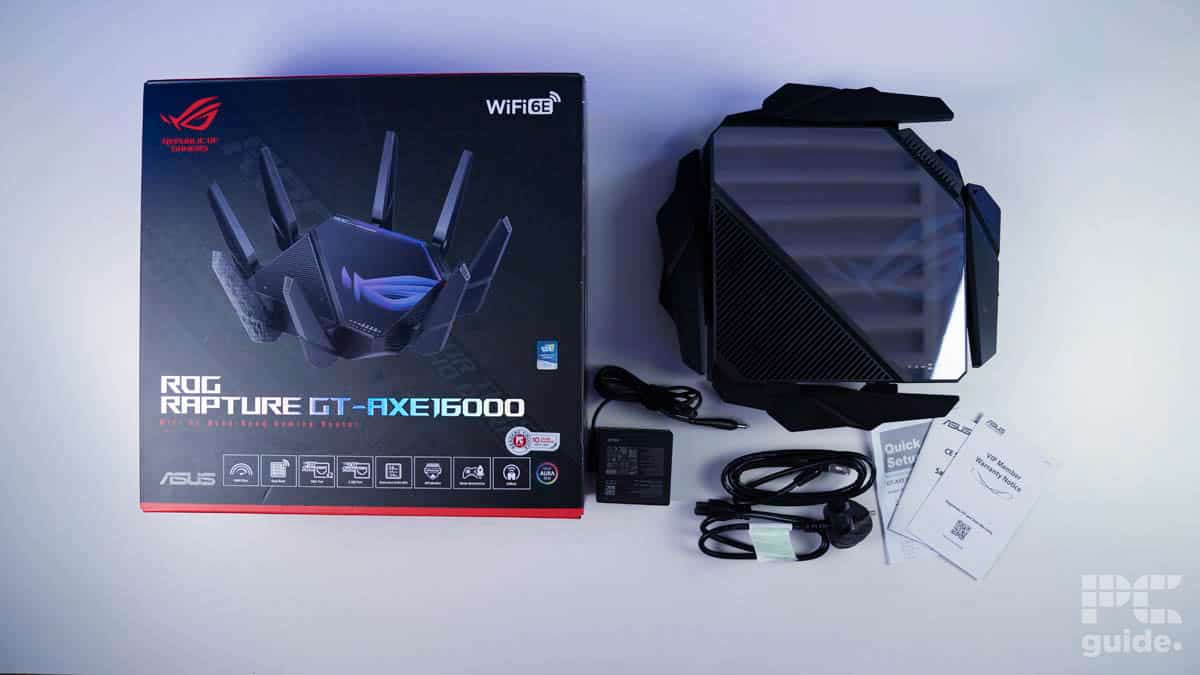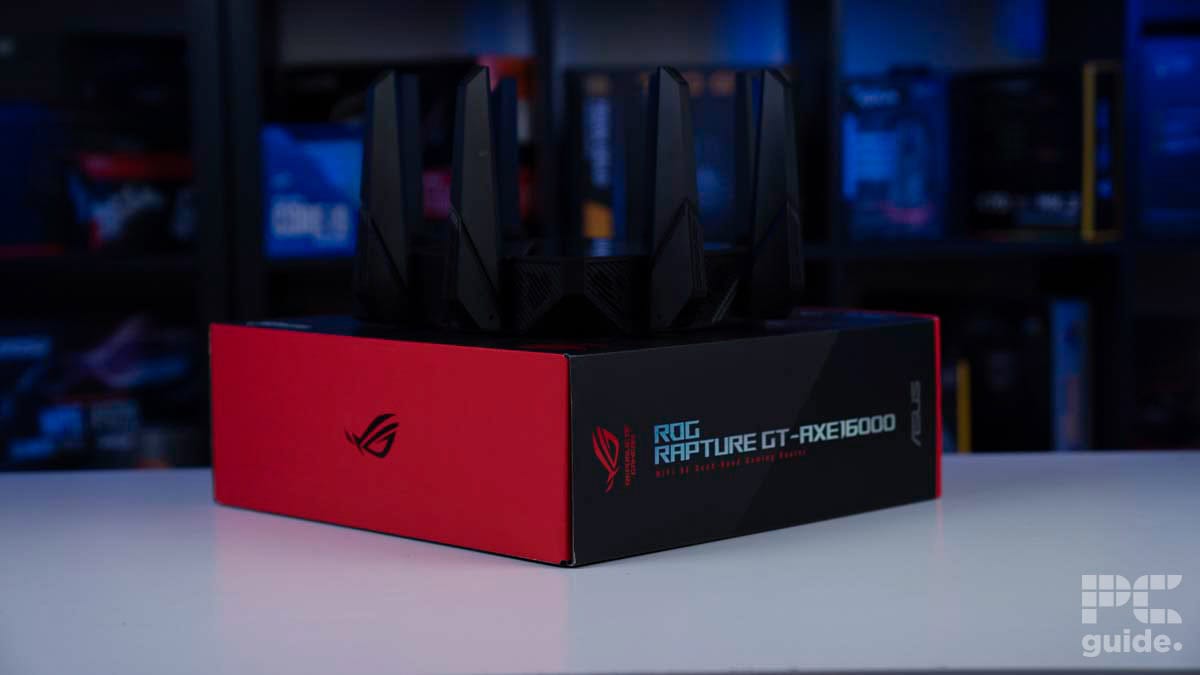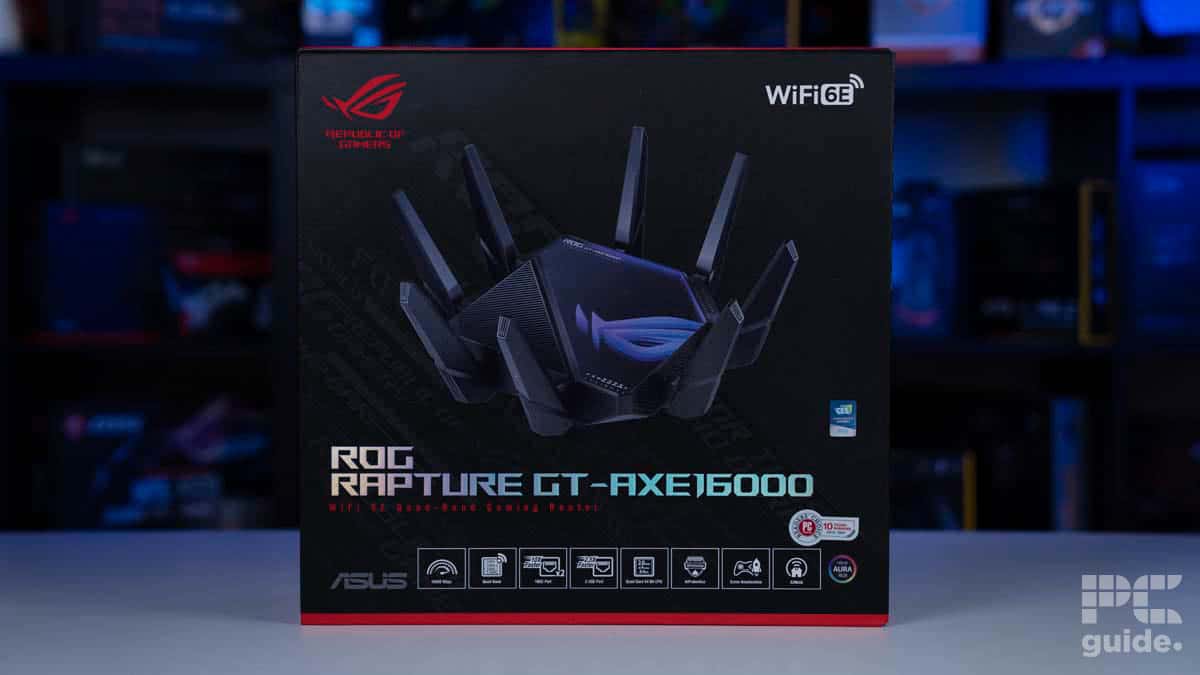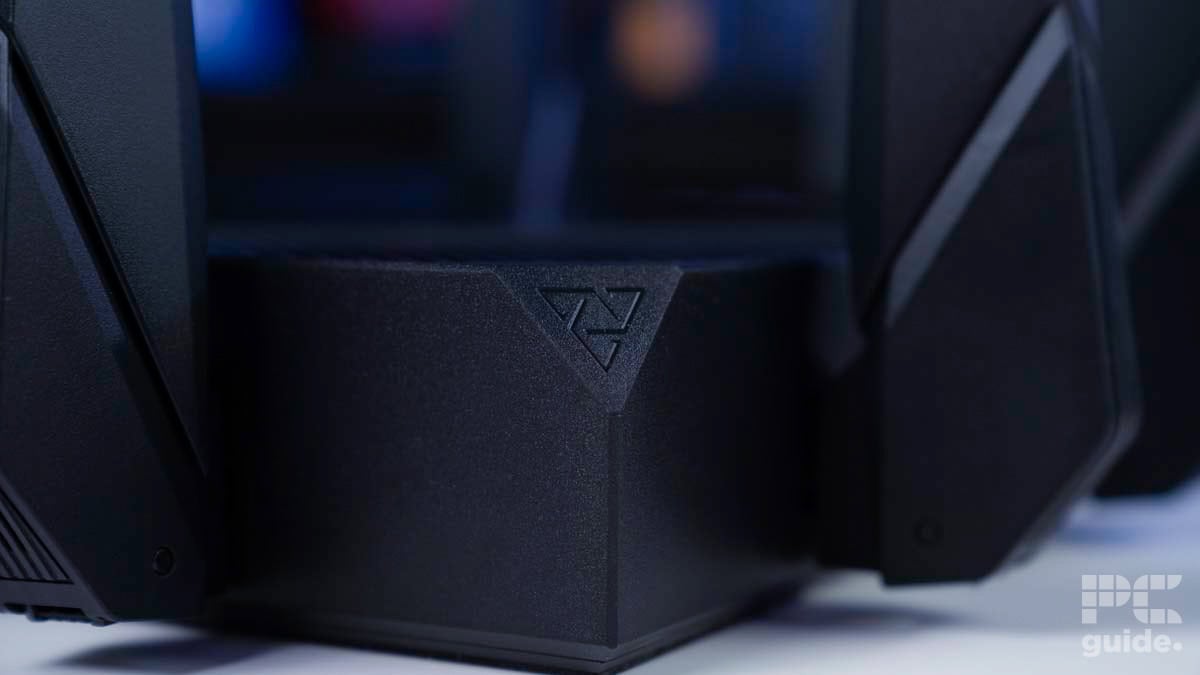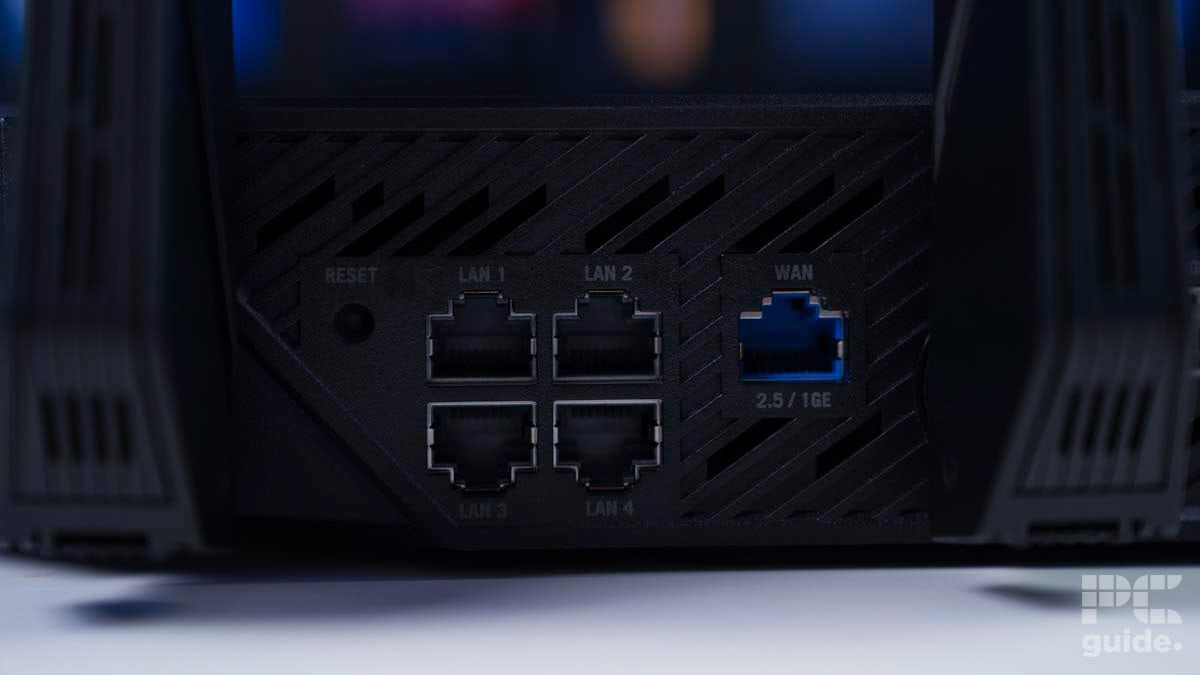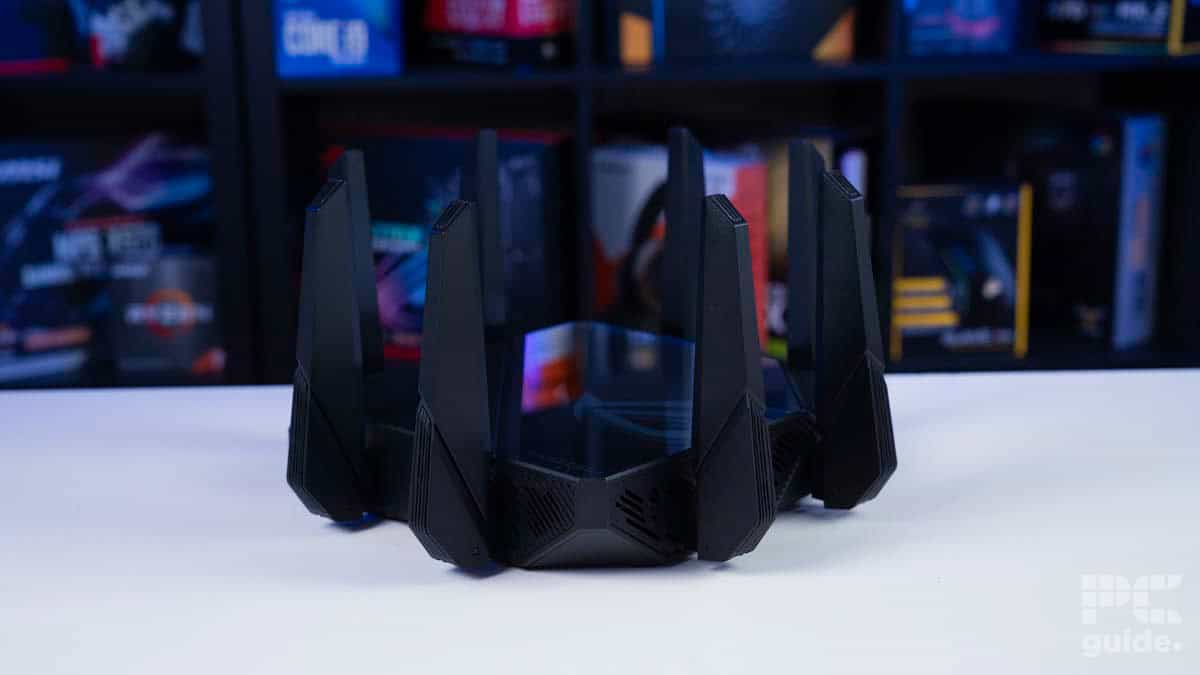Best wireless routers in 2025 – Our top picks
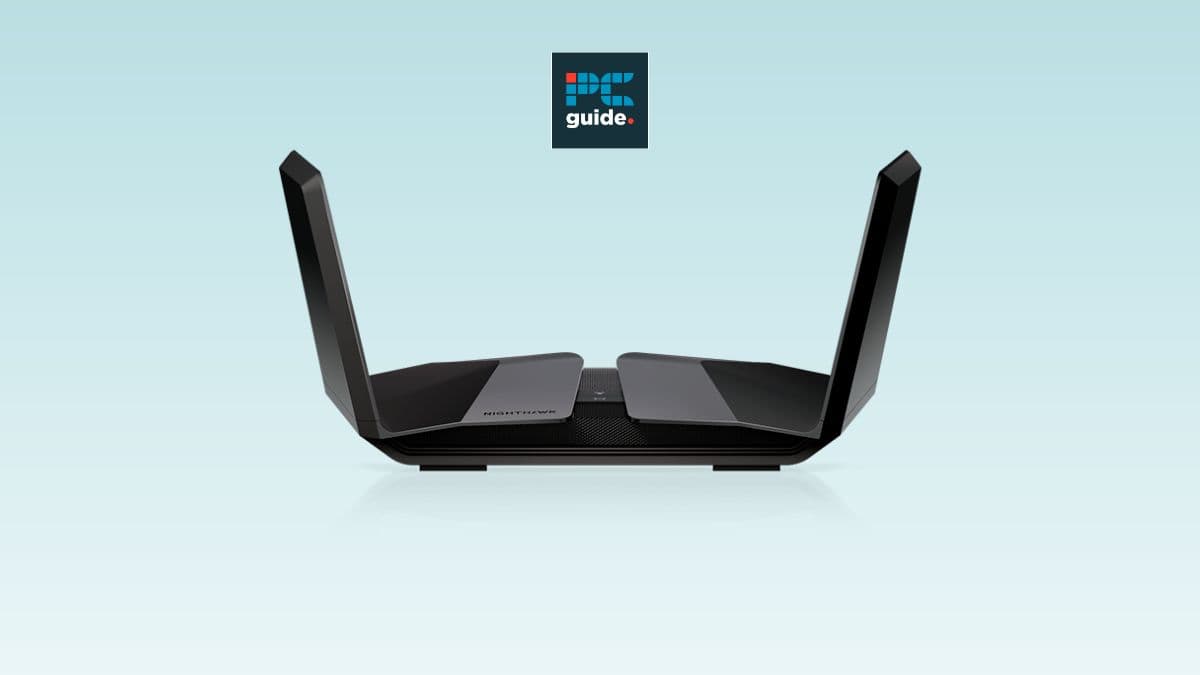
Table of Contents
If you’re looking for the best wireless routers, we’ve got you covered right here. Everything we do today is done online, whether it’s work, entertainment, socializing, or gaming. However, a lot of people seem content with a lackluster router (or modem/router combo) that their internet company has recommended. While you don't need the best WiFi router on the market, there are a lot of different options out there that will raise the overall performance of your internet speed and connection – making life just that bit smoother.
Whether you're looking for the best budget router, the best AC router, the fastest WiFi router, the most secure router, the best dual-band router, we have a list of the top-rated routers to help you find the right one for you. Without further ado, here are the best routers of the year.
Prime Day is finally here! Find all the biggest tech and PC deals below.
- Sapphire 11348-03-20G Pulse AMD Radeon™ RX 9070 XT Was $779 Now $739
- AMD Ryzen 7 7800X3D 8-Core, 16-Thread Desktop Processor Was $449 Now $341
- ASUS RTX™ 5060 OC Edition Graphics Card Was $379 Now $339
- LG 77-Inch Class OLED evo AI 4K C5 Series Smart TV Was $3,696 Now $2,796
- Intel® Core™ i7-14700K New Gaming Desktop Was $320.99 Now $274
- Lexar 2TB NM1090 w/HeatSink SSD PCIe Gen5x4 NVMe M.2 Was $281.97 Now $214.98
- Apple Watch Series 10 GPS + Cellular 42mm case Smartwatch Was $499.99 Now $379.99
- ASUS ROG Strix G16 (2025) 16" FHD, RTX 5060 gaming laptop Was $1,499.99 Now $1,274.99
- Apple iPad mini (A17 Pro): Apple Intelligence Was $499.99 Now $379.99
*Prices and savings subject to change. Click through to get the current prices.
-
BEST WIRELESS ROUTER
Best wireless routers in 2025 – Our top picks
-
BEST MID-RANGE WIRELESS ROUTER
TP-Link Archer AX72 Pro
- Standard: WiFi 6
- Frequency band: 2.4 GHz, 5 GHz
- Max speed: 4.8 Gbps
- LAN ports: 1 x 2.5 Gbps, 4 x 1 Gbps
-
BEST LARGE HOME WIRELESS ROUTER
NETGEAR Orbi Mesh AX6000
- Standard: WiFI 6E
- Frequency bands: 2.4 GHz, 5 GHz, 6 GHz
- Max speed: 6 Gbps
- LAN ports: 3 x 1 Gbps
-
BEST PREMIUM WIRELESS ROUTER
Linksys MX8503 Atlas
- Standard: WiFi 6E
- Frequency band: 2.4 GHz, 5 GHz, 6 GHz
- Max speed: 8.4 Gbps
- LAN ports: 4 x 1 Gbps
-
BEST GAMING WIRELESS ROUTER
ASUS ROG Rapture Wifi 6E Router (GT-AXE16000)
- Standard: WiFi 6E
- Frequency bands: 2.4 GHz, 5 GHz-1, 5 GHz-2, 6 GHz
- Max speed: 16000 Mbps
- LAN ports: 2x 10Gbps (WAN/LAN), 4x 1Gbps
How we selected the best wireless routers
When deciding our pick of the best wireless routers, we paid close attention to several key factors. We wanted to select options with the latest WiFi standards, including WiFi 7, WiFi 6E, and Wifi 6 capabilities. Alongside this, we expect decent coverage and mesh systems, as well as robust security systems, and user-friendly interfaces. Routers on this list will be in the high price range. Having taken all these factors into consideration, here’s what we selected.
Best wireless routers


- Easy installation process
- Strong all-round signal strength
- Suitable for large homes and multiple connections
- Not on the cheap side
- Some connectivity issues noted on user reviews
The Netgear Nighthawk RAXE500 is our top pick on our list of the best wireless router. With WiFi 6E technology, the RAXE500 is capable of incredibly fast wireless speeds. This router is steps ahead of the game with support for 2.5 Gigabit/sec ethernet speeds. It's fair to predict that 2.5 Gigabit/sec ethernet support will be a common feature we'll see popping up on new routers in the future.
Whilst the Netgear Nighthawk RAXE500 may be a very serious bit of kit, its interface is user-friendly nonetheless, and the setup is fairly straightforward. The RAXE500 can be set up through your mobile device using the user-friendly Nighthawk app, whilst further network settings can be tweaked on the web interface. The RAXE500 does not offer any form of parental control, however, it does feature a robust security system – Netgear Armor, which automatically blocks suspicious connections, scans devices for vulnerabilities, and provides very solid malware protection. The Netgear Nighthawk RAXE500 is incredibly high performing and tops our list of the best wireless routers.
What users say
Customer reviews for the NETGEAR Nighthawk RAXE500 were overwhelmingly positive. Customers are impressed by this router’s overall functionality. Reviews highlight strong and reliable coverage throughout large homes, indicating it effectively eliminates dead zones. Additionally, users praise the clear and straightforward instructions, making setup a breeze. One user stated ‘the RAXE500 is more than just a router — it’s the gateway to the future of home connectivity”.
- Standard: WiFi 6
- Frequency band: 2.4 GHz, 5 GHz
- Max speed: 4.8 Gbps
- LAN ports: 1 x 2.5 Gbps, 4 x 1 Gbps
- Strong Wi-Fi 6 speeds for streaming, gaming, and downloads
- Impressive signal coverage for medium to large homes with 6 adjustable antennas
- Easy setup through a mobile app for a quick and painless experience
- Lacks features like printer sharing and advanced parental controls
- Reliant on TP-Link’s mobile app for some features, which can be unreliable
The TP-Link Archer AX72 Pro is a Wi-Fi 6 router offering a balance of affordability and performance, it is also our top choice for a mid-range option. It delivers excellent Wi-Fi speeds for streaming, gaming, and downloads, and boasts strong signal coverage for medium to large homes with its six adjustable antennas. The user-friendly mobile app makes setup a breeze. However, it lacks advanced features like printer sharing and robust parental controls, and relies on the TP-Link app for some functionalities which can be unreliable. If you prioritize affordability, ease of use, and solid Wi-Fi 6 performance for your home network, the TP-Link Archer AX72 Pro is a good contender.
- Standard: WiFI 6E
- Frequency bands: 2.4 GHz, 5 GHz, 6 GHz
- Max speed: 6 Gbps
- LAN ports: 3 x 1 Gbps
- Handles demanding tasks like streaming, gaming, and downloads with ease
- Dedicated backhaul channel ensures smooth data transfer between router and satellites, eliminating Wi-Fi dead zones
- Supports Wi-Fi 6E standard
- Both router and satellites are large, requiring careful placement to avoid taking up valuable space
- One of the most expensive mesh systems available, potentially overkill for users with moderate internet plans
Looking for a wireless router that covers your large home? Well, this NETGEAR Orbi Mesh AX6000 prioritizes top-notch Wi-Fi for large homes. It utilizes a dedicated backhaul channel to deliver exceptional Wi-Fi 6 speeds, potentially reaching Gigabit levels. This system eliminates dead zones and ensures smooth connections throughout your house. With that being said, this performance comes at a cost, making it one of the most expensive mesh router options. Additionally, the base kit only includes two units, and expanding coverage requires purchasing extra satellites. Overall, the NETGEAR Orbi Mesh AX6000 is ideal for large homes with Gigabit internet plans and users who prioritize longevity in their network with impressive Wi-Fi technology.
- Standard: WiFi 6E
- Frequency band: 2.4 GHz, 5 GHz, 6 GHz
- Max speed: 8.4 Gbps
- LAN ports: 4 x 1 Gbps
- Utilizes Qualcomm’s Networking Pro 1210 platform for consistent Wi-Fi 6E performance
- User-friendly Linksys app allows for easy setup, configuration, and network monitoring
- Priced at a high point, potentially exceeding the needs of users with smaller homes or moderate internet plans
- Lacks features like Multi-Gig LAN ports, link aggregation, or advanced parental controls
The Linksys MX8503 Atlas targets large homes with its scalable mesh system. It boasts reliable Wi-Fi 6E speeds thanks to the Qualcomm Networking Pro 1210 platform. You can add extra nodes to the system for even greater coverage, making it ideal for eliminating Wi-Fi dead zones in sprawling houses. The user-friendly Linksys app simplifies setup and network management. However, the price tag is on the high side meaning it is only ideal for premium users. Furthermore, it potentially exceeds the needs of users with smaller homes or moderate internet plans. While wired speeds are good with Gigabit Ethernet ports, some rivals boast even faster wired connections.

- Standard: WiFi 6E
- Frequency bands: 2.4 GHz, 5 GHz-1, 5 GHz-2, 6 GHz
- Max speed: 16000 Mbps
- LAN ports: 2x 10Gbps (WAN/LAN), 4x 1Gbps
- WAN: 1x 2.5Gbps, 2x 10Gbps (WAN/LAN)
- CPU: 2.0GHz quad-core processor
- Memory: 256MB NAND flash and 2GB DDR4 RAM
- USB: 1x USB 3.2 Gen 1, 1x USB 2.0 Port
- Dimensions: 354 x 354 x 193mm
- Weight: 2425g
- Boasts Wi-Fi 6E technology and powerful hardware
- Packed with features like AiMesh compatibility for mesh networking
- Carries a hefty price tag, making it a niche product for high-end users
- The router’s size can be inconvenient for limited spaces
Finally, we have option for all the gamers out there. The ASUS ROG Rapture Wi-Fi 6E Router (GT-AXE16000) caters to hardcore gamers and streamers with its solid tech features. It boasts good Wi-Fi 6E speeds due to powerful hardware, ensuring smooth gameplay and flawless streaming. Packed with features like mesh networking with AiMesh compatibility, it prioritizes gaming traffic with advanced QoS, and offers robust parental controls. Dual 10 Gigabit Ethernet ports provide exceptional wired connectivity for NAS drives and high-bandwidth activities. As a result of these features, the hefty price tag makes it a niche product. The extreme speed might be wasted on users with moderate needs, and its large, bulky design with an aggressive aesthetic might not suit all environments.
What users say
According to customer reviews of the ASUS ROG Rapture WiFi 6E Router (GT-AXE16000), many mention it being easy to set up and solid for gaming, with terms like “plug and play” and “user friendly” being used. This ease of use is a major selling point. One user even noted “besides gaming, this router effortlessly handles the connectivity needs of multiple devices in my household”.
Considerations for the best wireless router
Buying a wireless router can be a pain, especially if you have little to no idea what features really matter. Even more so as manufacturers include a lot of acronyms and other marketing terms that don't really have significant real-life impact on most people most of the time.
Wireless Protocols
Before we talk about the specific specs in detail, it is important to have a passing understanding of wireless protocols. Routers use the 802.11 protocol to send and receive data from devices. There are many versions of this wireless protocol to date (a/b/g/n/ac/ad), with 802.11ac being the most widely used and the 802.11ad being the latest.
These protocols can tell us a lot about the capabilities of the router in question. For instance, the standard speed of 802.11ac is 1331 Mbps– nearly 3x faster than 802.11n (450 Mbps) — while the 802.11ad can handle a lot faster speeds (about 7 Gbps) by using its 60GHz band (which is discussed more below).
Furthermore, the 802.11ac protocol and 802.11ad protocol also utilizes the MU-MIMO (Multiple Users, Multiple Input, Multiple Output) technology. Simply, this uses more than one antenna to send and receive data (up to 8 spatial streams) for a really fast and uninterrupted surfing experience.
Aside from that, this also supports beamforming technology. Instead of just throwing out the signals in all directions, this sends the Wi-Fi signal directly to the device to achieve a stronger and more reliable connection.
Radio Bands (2.4 GHz, 5.00 GHz, and 60GHz frequencies)
Routers have what are called bands. In layperson's terms, each band is like a separate internet source that your router can accommodate. For instance, most routers nowadays are at least dual-band, meaning they have two bands that can run concurrently.
If you have more than two devices using these two bands, then the bands will be forced to switch between these two tasks, effectively splitting that band's effectiveness between the devices.
- The 60 GHz band offers the fastest speed, but also has the shortest range. You'll have to stay really close to it or needs to be at least in the same room to get the best connection .This is also limited to the 802.11ad protocol,
- The 5 GHz band is significantly slower than the 60 GHz band, but still insanely faster compared to the 2.4GHz band. But this is somewhat limited to a small area and is only compatible with modern devices.
- The 2.4 GHz band covers the largest area but is undeniably the slowest. Some older devices are only compatible with older network devices. 2.4 GHz is also generally best at going through walls.
It's worth noting that there are also tri-band routers. As you would expect these have three bands instead of just two. Specifically, they have two 5 GHz bands and one 2.4 GHz band. Since most routers come as dual-bands, you shouldn't worry; however, if you decide to dip into some really budget routers, you might find some older single-band routers that only offer a single 2.4 GHz band. Those are best avoided.
Speed
In our opinion, a lot of undue attention is given to router speed. Your router can be as fast as you want it to be, but it doesn't really matter since your internet connection is almost always going to be significantly slower (unless you're in one of the few cities that have access to Google Fiber). Keep in mind, a good internet connection is about 150 Mbps; and many cities in America don't even have that.
Still, in the real world, you won't really get anywhere near that speed– with this or any other router– unless you're connected to it with an ethernet cable. Using the numbers obtained from TrustedReviews' testing, we see that at about 2 meters (roughly 6 feet) you get about 450 Mbps, which is likely way more than you're getting from your IPS.
Now, the further you get away from it, the more walls are in the way, etc, the worse your signal will get. In fact, when using only one router, he was getting as low as 15 Mbps. That's definitely bad, and likely lower than what many internet services provide, but it's still enough to game on or watch Netflix (both require around 5 Mbps at their lowest). It's also worth noting that according to their tests, several other routers weren't performing quite so badly.
Now, I'm not telling you to go out and get a worse package with your IPS (remember, if other people are using the internet, things would get really slow, really quick), or to even buy a crappy router, but I am saying there are other features that are more important to consider since most routers will accommodate your maximum internet speeds by default.
Additional Features
Wireless routers these days offer a wide variety of features, all of which are aimed to provide stronger, better, or wider coverage. But the rule of thumb is to choose a router with at least 4 Ethernet ports and is dual-band (has both 2.4GHz and 5.0GHz frequencies).
The former gives you the option to connect your computers, laptops, and other network-attached storage drives via LAN, which is the best connection you can get. If you don't plan to use an Ethernet cable, though, then you don't really need 4; although, all routers will come with at least one, usually more.
If you're also involved in transferring large files, a router that supports faster throughput will be essential. This uses 2 Ethernet ports to provide you with significantly faster throughput, sometimes up to 2Gbps. It also acts as a fail-safe feature in case one LAN connection disconnects.
It's also worth checking whether or not the router supports QoS (Quality of Service) if your main purpose is for gaming or 4K video streaming since this feature basically prioritizes these two, respectively, above any other tasks. For those that want to play games without the stress of their internet letting them down then a purpose-built router for gaming is a sensible choice.
And if you're a parent, routers that support Parental Control is essential as this gives you full control over all devices connected to the router. Specifically, you can filter which websites the device can only have access to or block inappropriate websites and even pause WiFi access real-time.
Lastly, you'll want to compare your top picks first before making any decision. This is why I highly recommend you use RouterChart.com. This is a router comparison website that lets you compare up to 3 routers at once to make your selection easier.
What is a mesh router?
A mesh router is designed to provide wide coverage in your home/office. Mesh systems are composed of a central router, from which several other access points (in different locations) further broadcast the signal.
Are WiFi 6E routers worth it?
WiFi 6E is the latest WiFi technology – so if you’re looking for a router that is compatible with all the latest WiFi trends, then consider a WiFi 6E device. Whilst WiFi 6E routers are more expensive, they offer the latest technologies such as MUMIMO and beamforming.
How do I choose a router for my home?
When choosing a router for your home you must consider several factors. First of all, consider the price range you can afford to buy within. Secondly, ensure your router is compatible with your ISP. For those of you with larger homes, you may consider investing in a mesh system to better distribute the signal.


